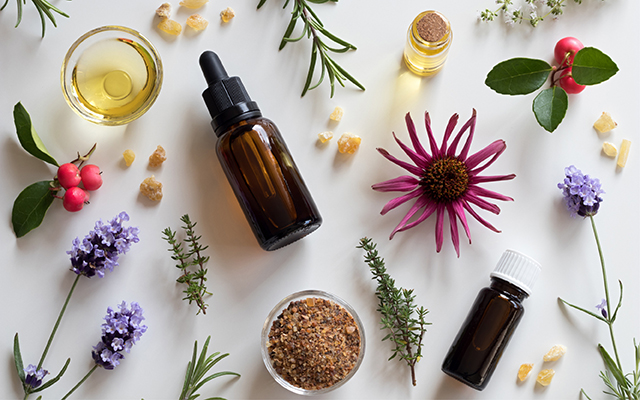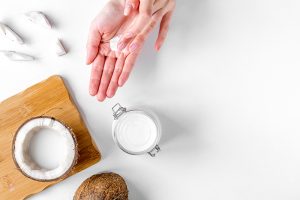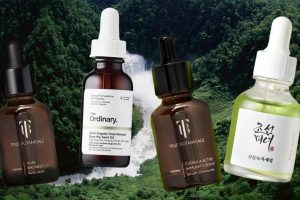
Introduction:
Essential oils have been used for centuries for their therapeutic properties, offering a natural and holistic approach to healing and well-being. These aromatic plant extracts contain potent compounds that can positively impact our physical, emotional, and mental health. In this comprehensive guide, we will explore the healing properties of essential oils, their various applications, and the science behind their effectiveness. Join us as we embark on a journey through the world of essential oils and discover their incredible healing potential.
1. Understanding Essential Oils: Nature’s Gift
Essential oils are concentrated liquids derived from plants, capturing their fragrance and beneficial properties. Let’s delve into the characteristics of essential oils:
a. Extraction Methods: Essential oils are extracted through various methods, including steam distillation, cold pressing, or solvent extraction. These methods ensure the preservation of the plant’s active compounds, resulting in highly potent oils.
b. Chemical Composition: Essential oils are composed of various chemical constituents, such as terpenes, esters, alcohols, and phenols. Each compound contributes to the oil’s unique properties and potential therapeutic benefits.
2. Common Essential Oils and Their Healing Properties
Numerous essential oils offer a wide range of healing properties. Here, we explore some commonly used essential oils and their therapeutic benefits:
a. Lavender Oil: Lavender oil is known for its calming and soothing properties. It can promote relaxation, improve sleep quality, and alleviate stress and anxiety.
b. Peppermint Oil: Peppermint oil has invigorating and energizing properties. It can help relieve headaches, improve focus and concentration, and soothe digestive discomfort.
c. Tea Tree Oil: Tea tree oil possesses powerful antimicrobial properties. It can help treat acne, fungal infections, and minor cuts and wounds.
3. Methods of Application and Safety Considerations
To harness the healing properties of essential oils, it’s essential to understand the proper methods of application and necessary safety considerations. Let’s explore:
a. Topical Application: Essential oils can be diluted with carrier oils and applied topically to the skin. However, it’s important to perform a patch test and use proper dilution ratios to avoid skin irritation or sensitization.
b. Aromatic Use: Inhalation of essential oils can be achieved through diffusion or steam inhalation. This method allows the oils to enter the respiratory system, providing potential respiratory and emotional benefits.
c. Internal Use: Some essential oils are safe for internal use, but caution must be exercised. Internal use should only be done under the guidance of a qualified aromatherapist or healthcare professional.
Conclusion: Embracing the Healing Power of Essential Oils
Essential oils offer a natural and holistic approach to healing and well-being. Their therapeutic properties can positively impact our physical, emotional, and mental health. As actress and wellness advocate Gwyneth Paltrow once said, “I use essential oils every day for various things: They’re a must-have in my medicine cabinet.”
When using essential oils, it’s important to remember that everyone’s experience may vary, and it’s essential to respect individual sensitivities and preferences. It’s also crucial to consult with a qualified aromatherapist or healthcare professional, especially if you have underlying medical conditions or are pregnant or breastfeeding.
Embrace the healing power of essential oils as part of your self-care routine. Whether you choose to diffuse them, apply them topically, or enjoy their aromatic benefits, let the aromatic wonders of essential oils enhance your well-being and create a sense of harmony in your life.














